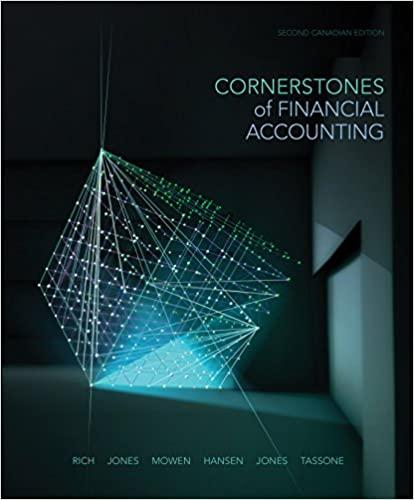Answered step by step
Verified Expert Solution
Question
1 Approved Answer
need help with 34- 37 please. will thumbs up C. relevant costs. D. sunk costs 33. Assume a merchandising company is deciding whether to keep
need help with 34- 37 please. will thumbs up 
C. relevant costs. D. sunk costs 33. Assume a merchandising company is deciding whether to keep or drop one of the many product lines that it sells at its retail store location. Which of the following would be relevant to the decision? A. The general administrative expenses allocated from corporate headquarters to this product line B. The rent paid for the company's retall space, a portion of which is allocated to this product line C. The contribution margin earned by this product line D. The store manager's salary 34. Assume a merchandising company is deciding whether to keep or drop one of the many product lines that it sells at its retail store location. Which of the following would be irrelevant to the decision? A. The product's sales B. The producr's variable expenses C. The product's traceable fixed expenses D. The product's allocated common fixed expenses 35. Assume a manufacturing company is deciding whether to make or buy a component part. Which of the following indicates the need to include an opportunity cost when making the decision? A. If the company buys the part (instead of making it) it will expand the unused capacity within its plant. B. If the company buys the part (instead of making it) it can use newly available capacity to introduce and produce another profitable product. C. If the company buys the part (instead of making it) it will pay a price to the supplier that is less than the full manufacturing cost of the part. D. If the company buys the part (instead of making it) it will continue to pay the full salary of the plant manager. 36. Assume a manufacturing company is deciding whether to accept or reject a special order opportunity. Which of the following statements is true? A. The financial analysis should include an allocated amount of fixed manufacturing overhead cost. B. The financial analysis should include the incremental costs incurred to fulfill the order. C. The financial analysis should exclude all variable and fixed overhead costs because they are indirect costs. plus an allocated amount of the company's general administrative expenses. 37. When making volume trade-off decisions managers should focus on which of the following? A. Contribution margin per unit B. Gross margin per unit of the constraining resource C. Gross margin per unit D. Contribution margin per unit of the constraining resource 38. When making volume trade-off decisions managers should: A. calculate each product's average fixed manufacturing overhead cost per unit. B. never produce more of a product than is demanded by customers 
Step by Step Solution
There are 3 Steps involved in it
Step: 1

Get Instant Access to Expert-Tailored Solutions
See step-by-step solutions with expert insights and AI powered tools for academic success
Step: 2

Step: 3

Ace Your Homework with AI
Get the answers you need in no time with our AI-driven, step-by-step assistance
Get Started


